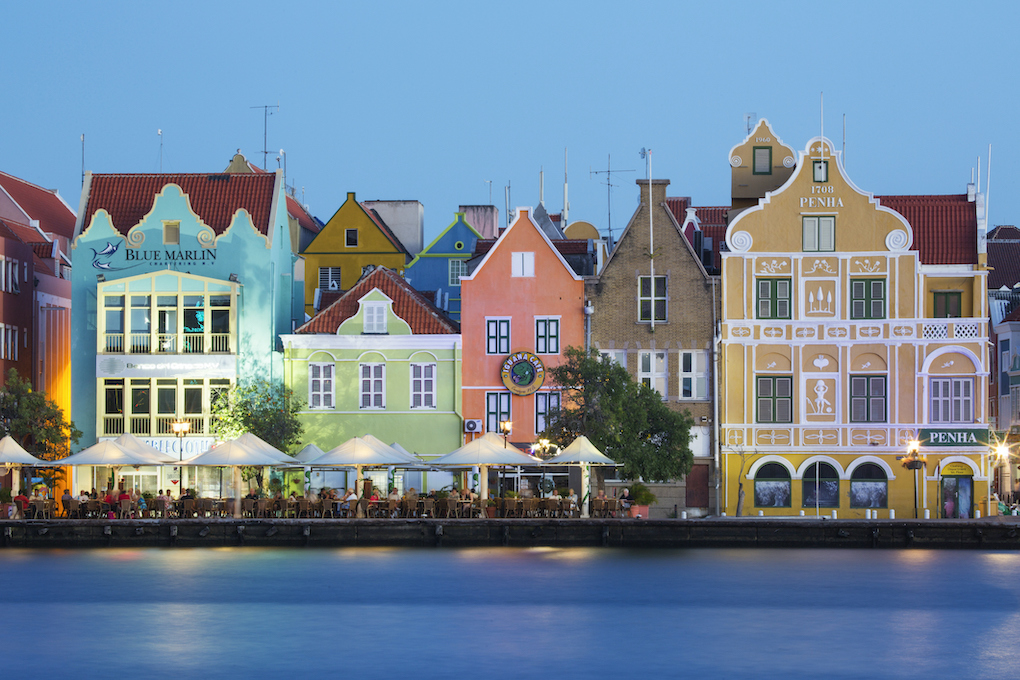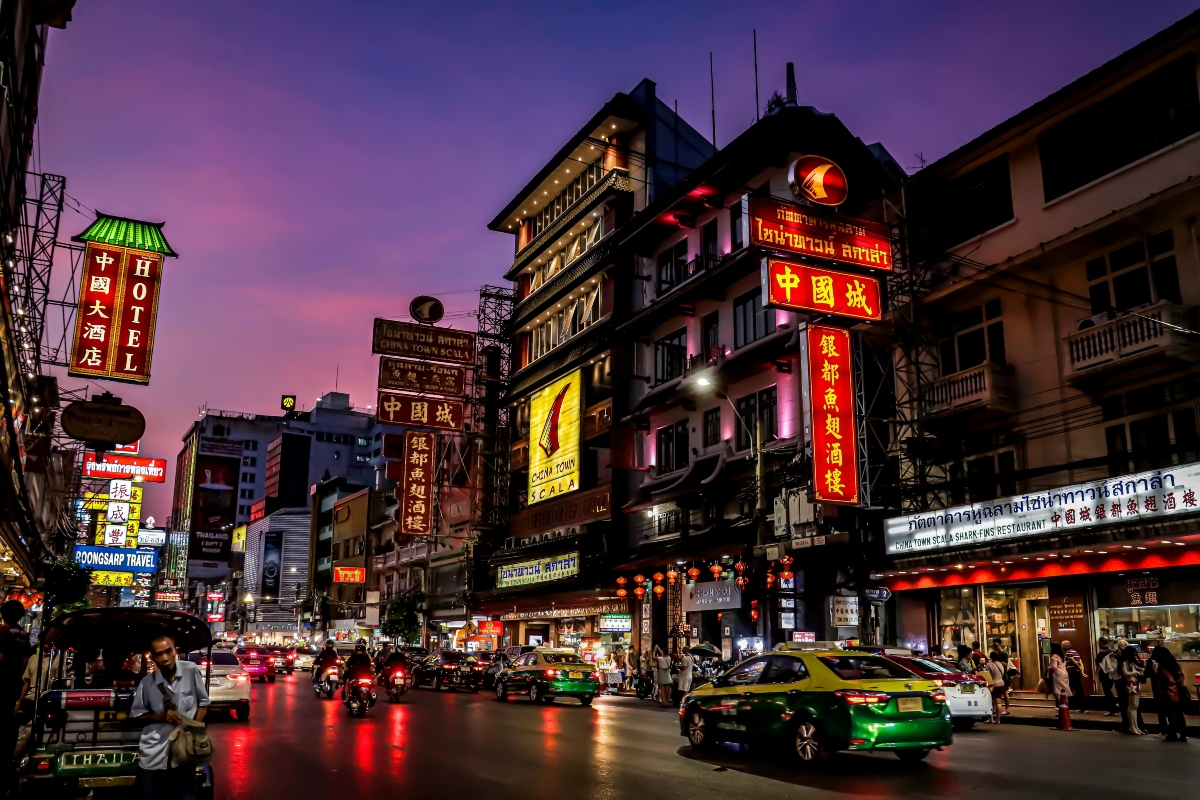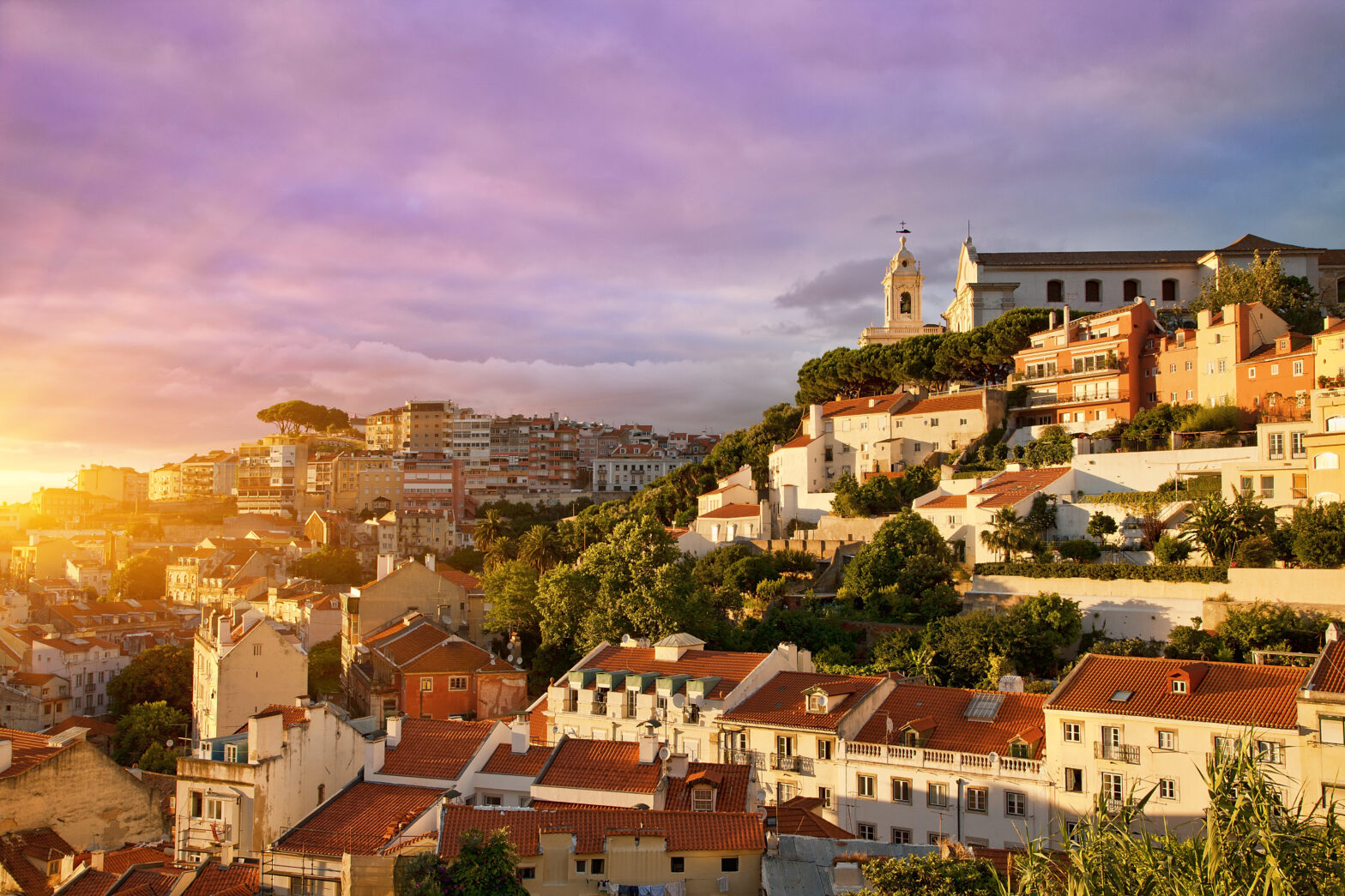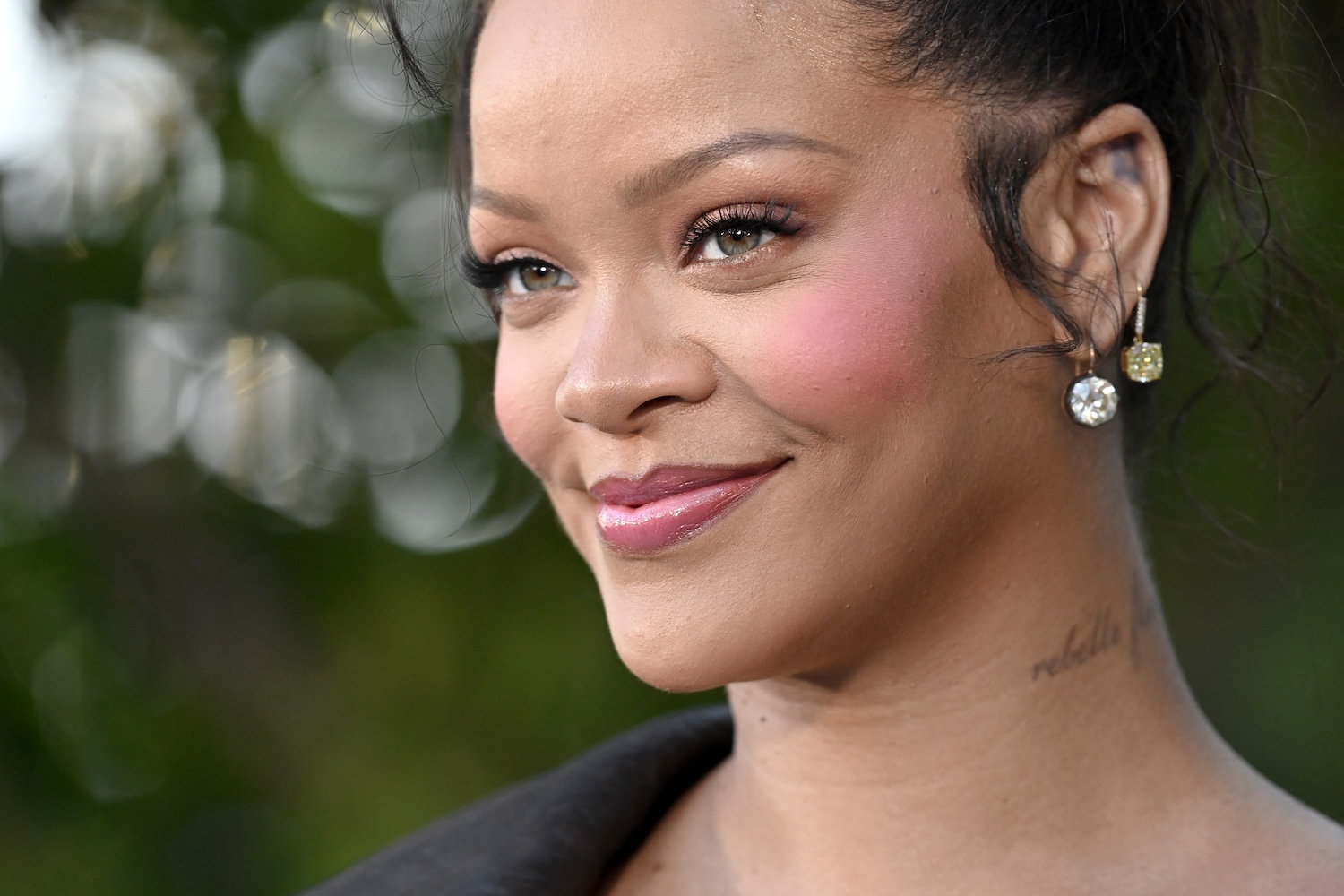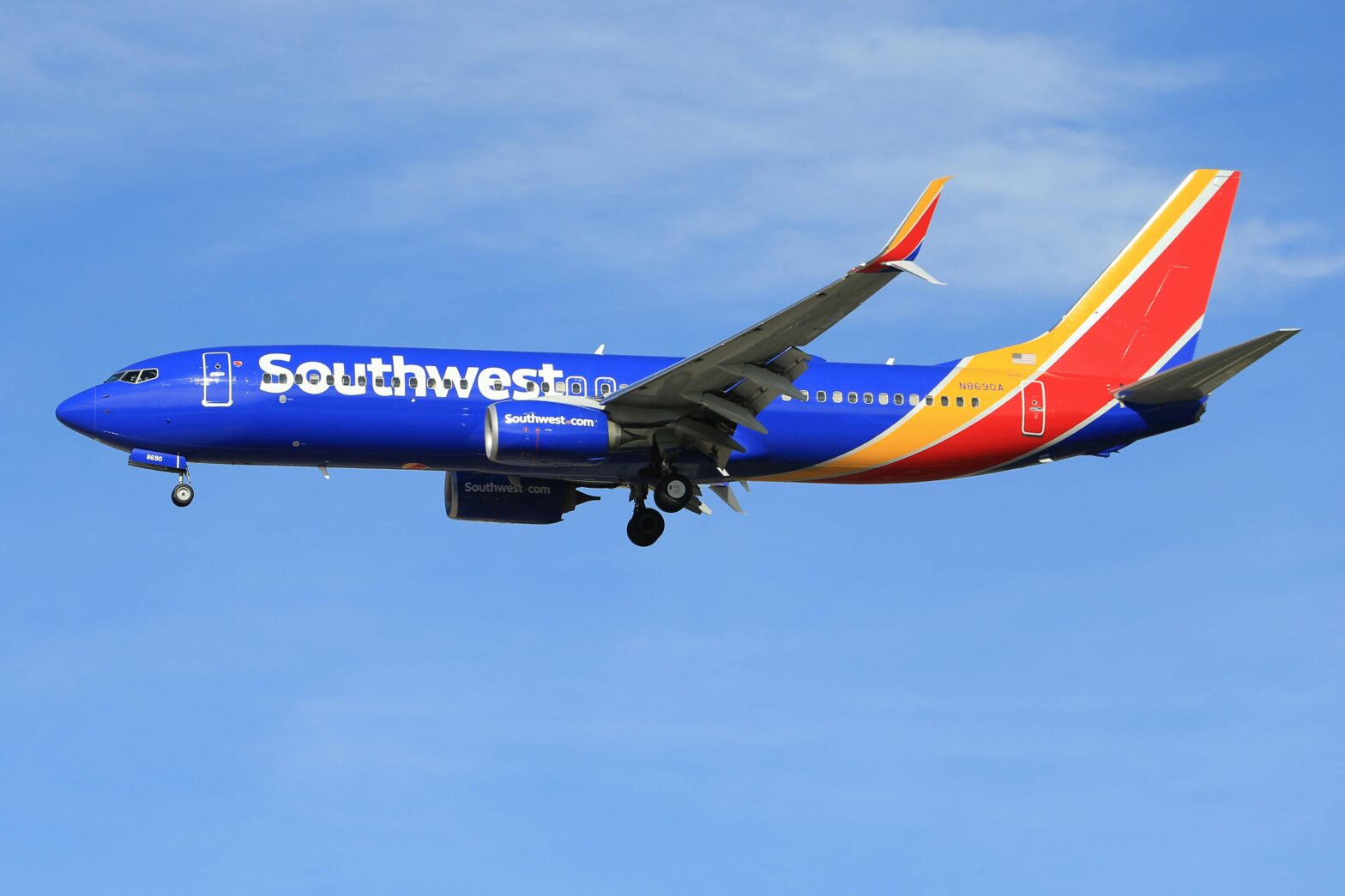Known for its beautiful beaches, vibrant art and architecture, there is no shortage of fun and relaxation in Curaçao. There’s a lot of culture to explore, due to the African and Caribbean cultural influences on the Dutch-Caribbean island.
For context, most of Curaçao’s population considers themselves Afro-Curaçaoans. African influences are seen and felt throughout the island. From the cuisine, music, art and history, there are a lot of traditions and cultures deeply rooted in the country’s African roots to explore. These festivals celebrate African and Caribbean culture in Curaçao.
Carnival
Carnival is an annual celebration in Curaçao that visitors overlooked for bigger carnivals that you find in places, such as Trinidad and Tobago. Celebrated yearly, Curaçao’s Carnival is the Caribbean’s largest and longest Carnival celebration, according to Caribbean Events.
The grand tradition on the islands features parades, floats, costumes and a beauty contest to elect the Carnival royalty. Afro-Curaçaoan culture is on full display, as the festival has deep roots in African traditions. Expect to hear traditional Afro-Caribbean, such as Tumba and Seú, during Carnival.
Tumba Festival is one of the most significant musical events in Curaçao and a highlight of the county’s Carnival that takes place at the peak of Carnival before the Main Farewell Parade, which is the last parade before Ash Wednesday.
Seú Festival
Following Carnival is Seú or Harvest Festival. It’s one of the largest festivals in Curaçao and held every March and April, according to Curaçao Tourism. The festival celebrates the successful harvesting of produce growing at the time.
The history of the festival dates back to the 18th Century during slavery. While Curaçao has its year-round summer weather, the warm and dry climate can create challenges for successfully producing enough crops. Workers may have created the rituals, and they would ask Mother Nature for fertile land. When Mother Nature granted the wish, workers would give her thanks.
Curaçao historians say the word Seu comes from West Africa and means “the sky” in Creole. The sky is significant to the celebration because it is the home of God and the sacred place where rain comes from. Before the planting season, workers would drum because they believed the sound would attract the rain. Workers would also sing about the earth, hoping the music and sounds would make the lands fertile for new seeds.
The workers’ dedication and creativity to call on Mother Nature and God is why the traditions are still celebrated as a national holiday. People in Curaçao celebrate it as a form of gratitude, unity and a reminder that people are all connected to Mother Nature and Heaven.
Curaçao North Sea Jazz Festival
Curaçao’s North Sea Jazz Festival is at the end of August in the country’s capital, Willemstad. The Jazz festival celebrates all music from jazz across three stages: The Sam Cook Stage, The Sir Duck Stage and the Célia Stage. Musical icons, including Charles Brady, Earth, Wind and Fire, Gladys Knight, Janelle Monae, John Legend, Kenny G and Maxwell, have all graced the stage at the North Sea Jazz Festival.
The festival attracts more than 7,000 people each year worldwide for the music and food.
Restaurants are set up on Piscadera Bay, the festival’s site, to enjoy the local cuisine.
Kaya Kaya
Kaya Kaya is both a neighborhood and block-party-like festival. It celebrates local artists and Curaçao’s diverse culture while reviving the country’s history.
Celebrated In the heart of Curaçao, along the vibrant streets of Otrobanda, where you typically see a homage of street art that honors Afro-Curaçaoan culture, the festival is a cultural canvas of music, art and community spirit.
Organizers call it a “festival with a purpose.”
